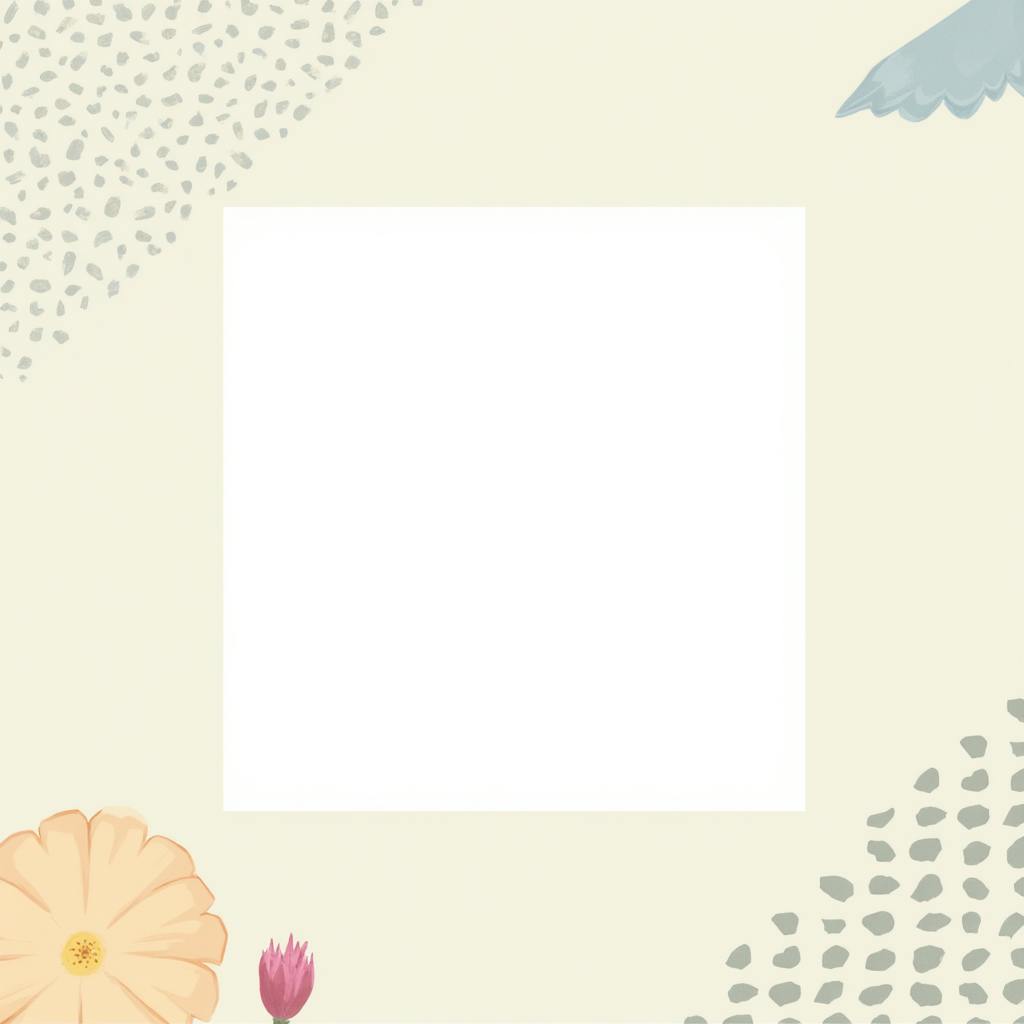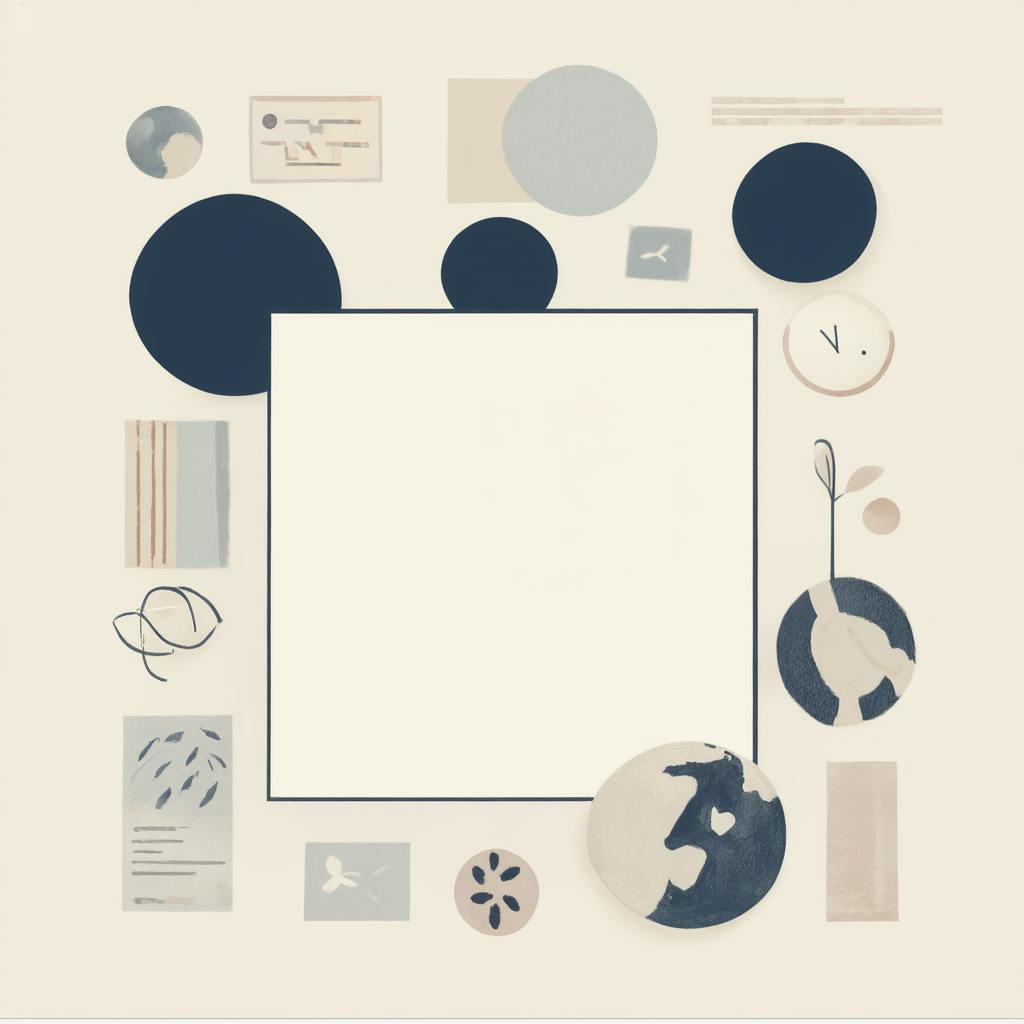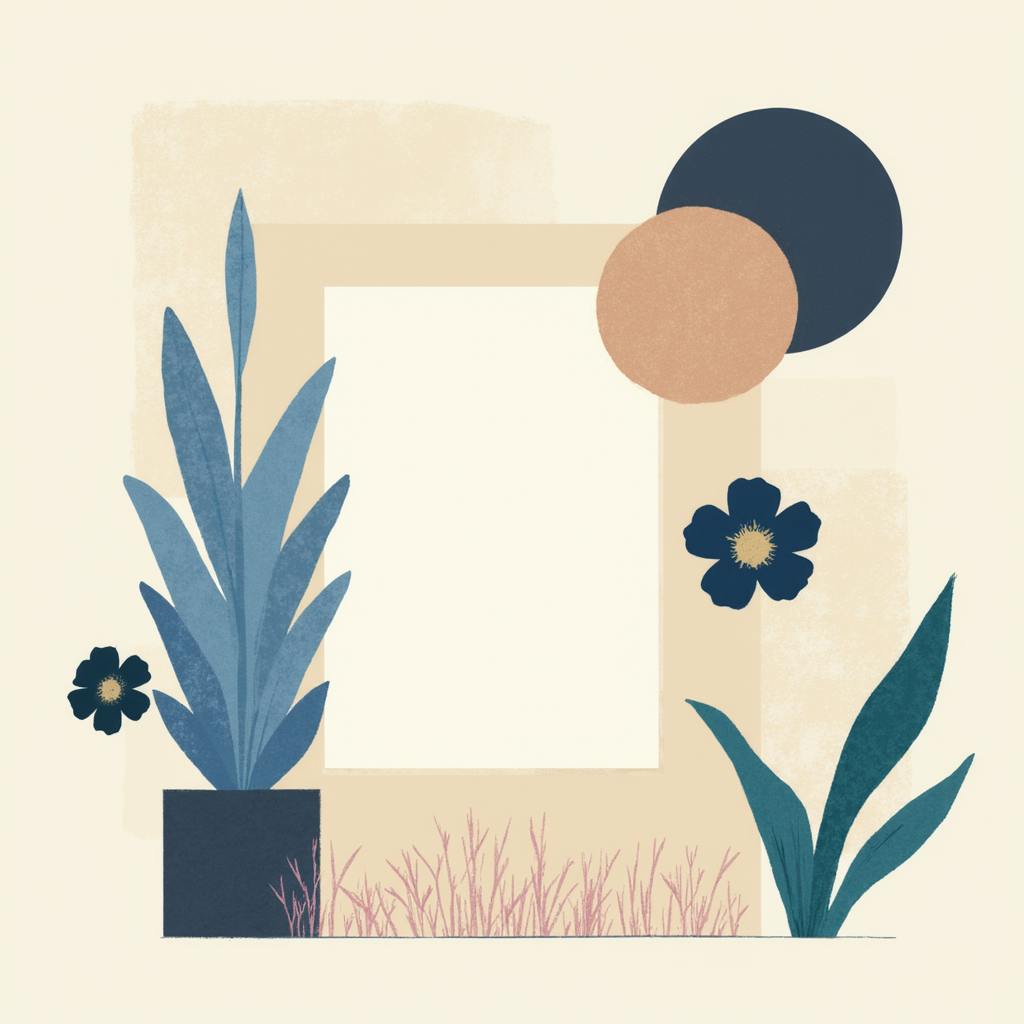In the world of design, the term 'graphic element' is foundational yet often misunderstood. Simply put, a graphic element is a visual component used to construct a graphical representation. From the lines and shapes to textures and colors, these elements work together to communicate concepts and ideas visually. Integrating these elements is essential for creating compelling and effective designs, each serving a unique purpose and role within the overall composition.
What is a Graphic Element?
Graphic elements are the basic units of any design, helping to convey messages and emotions effectively in both digital and print media. These elements include lines, shapes, colors, textures, forms, and space. Understanding what a graphical element is allows designers to create balanced and visually appealing artwork, whether in digital interfaces, print advertisements, or corporate branding.
What is an Example of a Graphical Element?
An example of a graphical element can be as simple as a line or as complex as a gradient used in a digital illustration. Lines can guide the viewer's eye, while colors can invoke emotions and reactions. Shapes, such as circles and squares, have symbolic meanings that can enhance the storytelling aspect of a design. Textures can add depth and interest, transforming a flat design into a more dynamic piece of art.
What is a Graphical UI Element?
In the realm of user interface (UI) design, graphical elements are critical for creating intuitive and user-friendly applications. Examples of graphical UI elements include buttons, icons, sliders, and menus. Each of these elements not only adds visual appeal but also supports the functional aspect of the application, making it easier for users to navigate and interact with.

AI made with Dean Jones
The Role of Graphical Features
The effectiveness of a design often hinges on the strategic use of graphical features, which encompass more than just visual appeal. These features include alignment, contrast, and hierarchy, guiding the viewer’s attention and creating a coherent narrative within the artwork. By mastering these graphical features, designers can produce work that is not only aesthetically pleasing but also informative and engaging.
Expanding on Key Points
- Lines and Shapes: Basic building blocks for creating frameworks in design.
- Color and Texture: Add interest and evoke emotion, essential for captivating the audience.
- Hierarchy and Balance: Establish order, making the information easily digestible.
- Usability in UI Design: Enhancing user experience by ensuring ease of use and accessibility.
Frequently Asked Questions
Why are graphic elements important?
Graphic elements are important because they provide structure and meaning to design. By using these elements thoughtfully, designers can communicate more effectively and engage their audience.
How can I learn to use graphic elements effectively?
Understanding the principles of design and practicing different compositions will enhance your ability to use graphic elements effectively. There are numerous resources online and courses available that delve into fundamental design concepts.
Can graphic elements affect user interaction in a digital platform?
Yes, good design can significantly impact user interaction by making digital platforms more intuitive and enjoyable to navigate. Thoughtfully placed graphical UI elements can guide users through the interface seamlessly.
What is a Graphic Element?
Graphic elements are fundamental components in the field of design. They provide structure, add interest, and convey messages visually. In this FAQ article, we delve into the concept of graphic elements and explore their significance in the design world.
What are the different types of graphic elements used in design?
Graphic elements encompass a variety of visual components that together create compelling and cohesive designs. Here are some of the main types:
- Lines: Lines are versatile graphic elements used to connect, divide, or guide the viewer's eye across a design. They can be straight, curved, thick, or thin, and can serve both functional and decorative purposes.
- Shapes: Shapes are enclosed areas created by lines, colors, or textures. Basic shapes like circles, squares, and triangles, as well as more organic or complex forms, are indispensable in establishing structure and visual interest.
- Color: Color is one of the most powerful graphic elements, with the ability to evoke emotions and set the tone of a design. It can highlight important information, create contrast, or simply be decorative.
- Texture: Texture refers to the surface quality of a design element, which can be implied visually through patterns or tactile in physical form. It adds depth and dimension to designs.
- Typography: Typography involves the arrangement of text within a design. The choice of fonts, sizes, spacing, and alignment plays a crucial role in readability and overall aesthetic.
- Icons and Symbols: Icons are simplified images that represent ideas or actions, making complex information more easily understandable. Symbols are more abstract and can convey deeper meanings or cultural significance.
- Images and Illustrations: Photographs and hand-drawn elements add realism, context, and artistic flair to designs. They can tell stories, evoke emotions, and draw in viewers.
- Space: Also known as white space or negative space, it is the empty area around other graphic elements. It provides breathing room and helps emphasize focal points.
How do graphic elements contribute to the overall design?
Graphic elements are the building blocks of design, and their contribution is multifaceted:
- Enhancing Visual Appeal: They make designs more attractive and engaging, which is crucial for capturing the viewer's attention.
- Organizing Information: By structuring information logically using lines, shapes, and space, graphic elements facilitate navigation and comprehension.
- Guiding Emotion and Tone: Color, typography, and imagery work together to set the mood and tone, influencing how the viewer feels and responds to the design.
- Branding and Identity: Consistent use of certain colors, typography, and symbols helps in creating a recognizable brand identity, reinforcing brand messages.
- Communication: Graphic elements transcend language barriers, using visuals as a universal mode of communication that can convey complex messages quickly and effectively.

AI made with Dean Jones
Where are graphic elements most commonly used?
Graphic elements are omnipresent across various media and platforms, including:
- Digital Media: Websites, mobile apps, social media graphics, and digital advertising all heavily rely on graphic elements for user interaction and engagement.
- Print Media: Brochures, posters, magazines, and packaging design utilize graphic elements to communicate information and attract attention.
- Branding: Logos, business cards, and corporate materials often incorporate graphic elements to establish and maintain brand identity.
- Wayfinding and Signage: Graphic elements are crucial in creating easy-to-understand signs and symbols that guide people through various environments.
- Environmental Design: In interior spaces, graphic elements are used for aesthetics and functional signage, enhancing the visitor experience.
Why are graphic elements important in design?
Graphic elements are indispensable in design for several reasons:
- Comprehension: They simplify complex ideas and data, making information more digestible and accessible to a diverse audience.
- Aesthetic Appeal: Graphic elements add beauty and interest, crucial in a visually driven world where quick judgments are made based on appearance.
- Communication Efficiency: With visual elements, messages can be conveyed faster than with text, making them essential in fast-paced environments like advertising.
- Emotional Connection: They evoke emotions, persuading and influencing the viewer's perception and actions.
- Competitive Advantage: In a crowded marketplace, well-crafted graphic designs help brands stand out and establish a memorable identity.
Conclusion
A graphic element, at its core, represents the building block of design, serving as a crucial component in crafting visually compelling narratives. Whether it’s in artwork, digital interfaces, or marketing materials, understanding what a graphic element entails is essential for any aspiring designer. By leveraging these elements effectively, designers can tell stories, evoke emotions, and create meaningful interactions, ultimately enhancing the way we communicate and connect visually.

